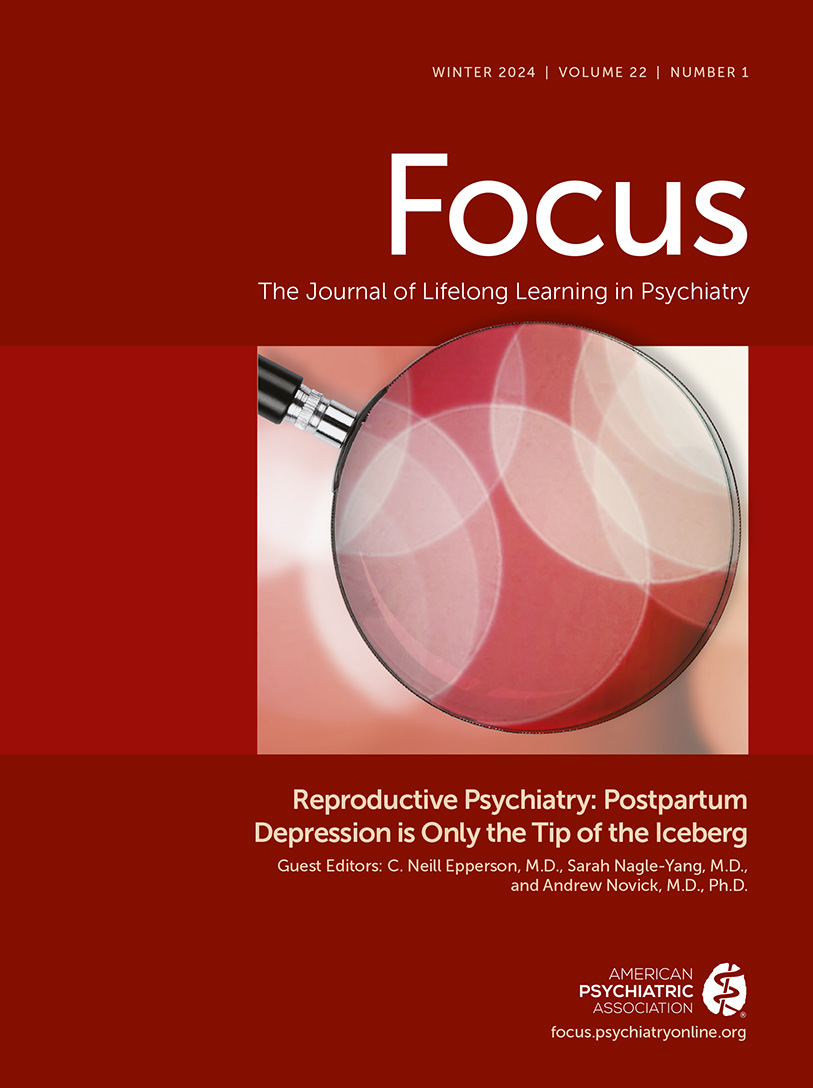Postpartum Psychosis: A Proposed Treatment Algorithm
Abstract
Background:
Postpartum psychosis (PPP) is a psychiatric emergency that generally warrants acute inpatient care. PPP is marked by the sudden onset of affective and psychotic symptoms with a rapid deterioration in mental state. Evidence suggests that PPP is a discrete disorder on the bipolar disorder spectrum with a distinct treatment profile and prognosis.
Methods:
We conducted a PubMed database search for various terms involving PPP and its treatment and included peer-reviewed articles published in English.
Objective:
To provide a treatment algorithm for the management of PPP based on available evidence.
Results:
Pharmacological therapy is the mainstay of PPP management in the acute phase. Evidence points to a combination of antipsychotics and lithium in the acute treatment of PPP. Electroconvulsive therapy can offer a rapid treatment response where required. Lithium appears to have the best evidence for relapse prevention and prophylaxis in PPP. Psychoeducation is essential and psychosocial interventions used in bipolar disorder may be effective in PPP.
Conclusion:
Early detection and prompt treatment with antipsychotics and lithium, followed by maintenance treatment with lithium, is associated with a favourable prognosis in PPP.
Reprinted from J Psychopharmacol 2023; 37:960–970, with permission from Sage Journals. Copyright © 2023
Access content
To read the fulltext, please use one of the options below to sign in or purchase access.- Personal login
- Institutional Login
- Sign in via OpenAthens
- Register for access
-
Please login/register if you wish to pair your device and check access availability.
Not a subscriber?
PsychiatryOnline subscription options offer access to the DSM-5 library, books, journals, CME, and patient resources. This all-in-one virtual library provides psychiatrists and mental health professionals with key resources for diagnosis, treatment, research, and professional development.
Need more help? PsychiatryOnline Customer Service may be reached by emailing [email protected] or by calling 800-368-5777 (in the U.S.) or 703-907-7322 (outside the U.S.).



